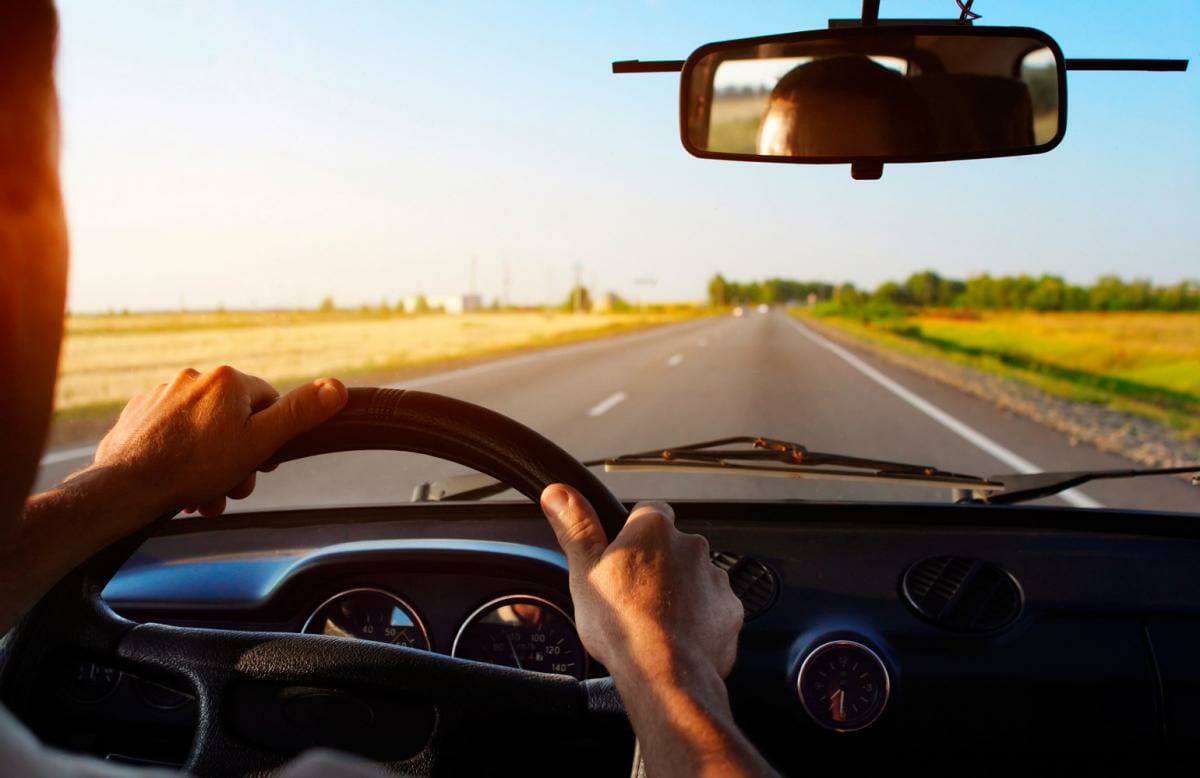Gear Shift: Why Driving In Ukraine Needs To Change

Ukraine’s next revolution needs to happen behind the wheel
They say that there are two areas in which people will never accept criticism: the way they raise their children, and the way they drive. However, take one look at the roads in Kyiv and you’ll see that a little constructive criticism could go a long way. Something needs to change – and sooner rather than later.
Whether you learned to drive in Ukraine, or have got into bad habits since moving here, it’s time to take a long, hard look at your attitude and behaviour on the road. Road safety is – quite literally – a matter of life and death, and we all need to take responsibility for it.
What Driving Lessons are For
At the heart of the matter is a question of corruption. Many people in Ukraine never really learned how to drive, since achieving a pass grade on a driving test has often involved paying a bribe. From what we hear, the going rate is $200–300, about which most people shrug their shoulders and nod, confirming that this is real and commonplace. This results in a mentality of “if I have to pay a bribe anyway, what’s the point in paying for lessons too?”
However, here’s another answer: one of the very first things I learned in my first driving lesson, before even adjusting the mirrors or starting the engine, was that I was about to take charge of a machine with lethal potential. Doing this wrong could result in death – mine or somebody else’s.
Collective Responsibility
 Last year there were over 160 000 road traffic accidents in Ukraine, resulting in almost
Last year there were over 160 000 road traffic accidents in Ukraine, resulting in almost
3 500 lives lost. The authorities are not blameless in this: it is their responsibility to identify accident blackspots and take action to eliminate the hazards. In more developed countries, this has been common practice for decades; the Ukrainian authorities are only just waking up to it.
A national road safety information campaign would also be a worthy investment. Indeed, there are laws mandating that a certain percentage of TV advertising is given over, free of charge, to social advertisements.
However, the primary responsibility lies with each and every one of us. Every time we jump behind the wheel, we have to recognise that we are taking control of a potentially lethal object, and act accordingly.
Road to Recovery
The outlook isn’t entirely bleak, however: there are some bright spots on the horizon. The first is that road rage and angry driving have decreased massively over the last few years. Perhaps this is a reflection of the general level of rage in Ukrainian society, post-revolution. The second is that the roads are now policed by quite a different set of guardians. In days gone by, the traffic police would turn a blind eye to speeding if the driver was prepared to hand over a hundred-dollar bill. If you were rich enough, you could break any laws you wanted with impunity. These days – ever since the patrol police took over – the situation has improved markedly. But we can still do more.
Back to School
If I were to gain Ukrainian nationality and become president tomorrow, I’d insist that everyone in possession of a driving licence go back to driving school and re-qualify immediately. As such, I’ve taken the liberty of compiling a few top tips for getting rid of bad habits behind the wheel:
- Look ahead and consider your actions (multi-purpose advice that can be extended to all aspects of life). My commute takes me along a 15 km multi-lane highway, and I pass by the scene of a traffic collision on an almost daily basis. In much of western Europe, crashes are so rare that you can drive for hundreds of miles and not see any road traffic accidents on a highway for months. Look at the tarmac on the Naberezhna and you’ll see tyre tracks in all directions that testify to drivers throwing on the anchors at the last moment – all because they have not looked far enough down the road.
- Respect pedestrian crossings. Here’s an unpalatable truth. Of the 1.35 million road deaths per year, more than half of them are vulnerable road users: pedestrians, cyclists, and motorcyclists. In recent years, as a result of the nationwide decentralisation, many Ukrainian communities have taken steps to make pedestrian crossings safer: statuettes of kids with backpacks are a common feature around crossings, and you might also notice an improvement in the street lighting. Drivers need to show more basic respect for these crossings: never, ever, let your vehicle stand on one, and definitely do not park on one. Even if you are in heavy traffic, you do not come to a stop ON a pedestrian crossing: you need to stop BEFORE.
- Lanes exist for a reason. Let’s say the speed limit is 120 km/h but you feel more comfortable going 90: opt for the right-hand lane. If you want to do 110, you’d be better off in the middle lane, overtaking the commercial vehicles and dedushki in their trailer-towing Ladas in the left-hand lane. If you want to do 120 km/h then you’ll most likely want to be in the ‘fast’ lane on the left-hand side. The point is, if you want to do 120, the places not to do that include the middle and the right hand lanes. And there’s nothing smart about ducking in to the right to ‘undertake’. Not only is it dangerous, but there is absolutely nothing to be gained from doing so.












